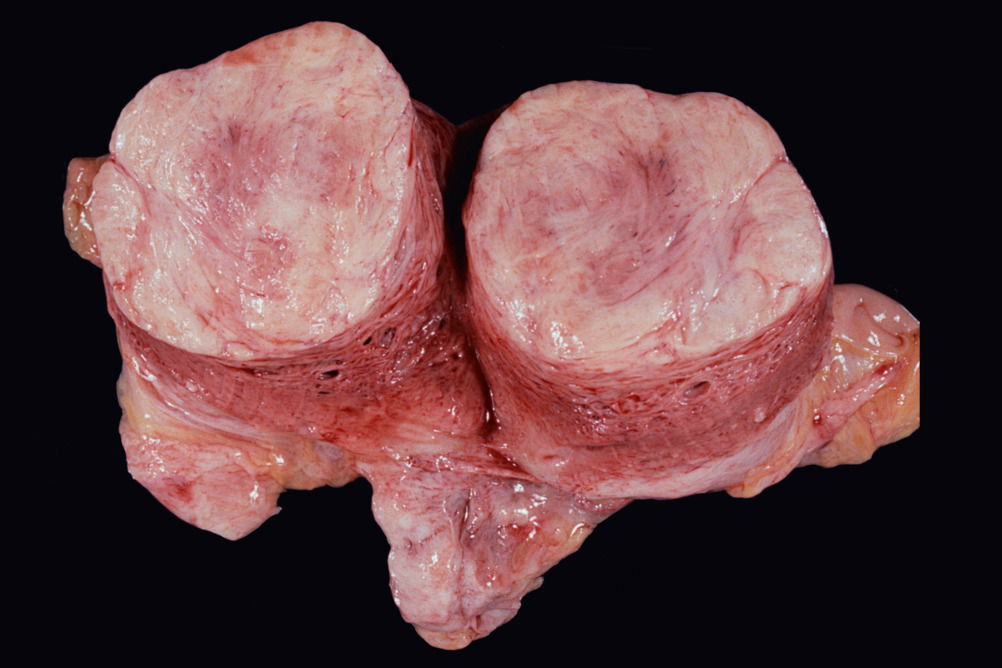
Uterine fibroids can be asymptomatic and are often found opportunistically during investigations for another problem, or they can be associated with several unpleasant symptoms. In the latter case they can cause distressing symptoms such as heavy bleeding and pelvic cramps which can affect the quality of life and mental wellbeing of women affected. This article gives an overview of this condition and hopes to increase knowledge among nurses and non-medical prescribers, helping them to feel more confident when advising patients seeking advice about this troublesome disease.
What are fibroids?
Uterine fibroids (also known as uterine leiomyomas), are benign, tumours of the uterus. They are reported to be the most common non-cancerous tumours in women and can be asymptomatic or associated with several symptoms, which for some women can be potentially severe and, in some cases, chronic. If symptomatic, the condition can affect quality of life and the mental well-being of women affected. There several treatments available, including medications and surgical options. This article hopes to give nurses and non-medical prescribers information about the condition, with the aim of helping them feel more confident in recognising and referring their patients, or feeling more able to advise those suffering with this unpleasant disease.
Register now for access
Thank you for visiting Independent Nurse and reading some of our premium content. To read more, please register today.
Register
Already have an account? Sign in here
